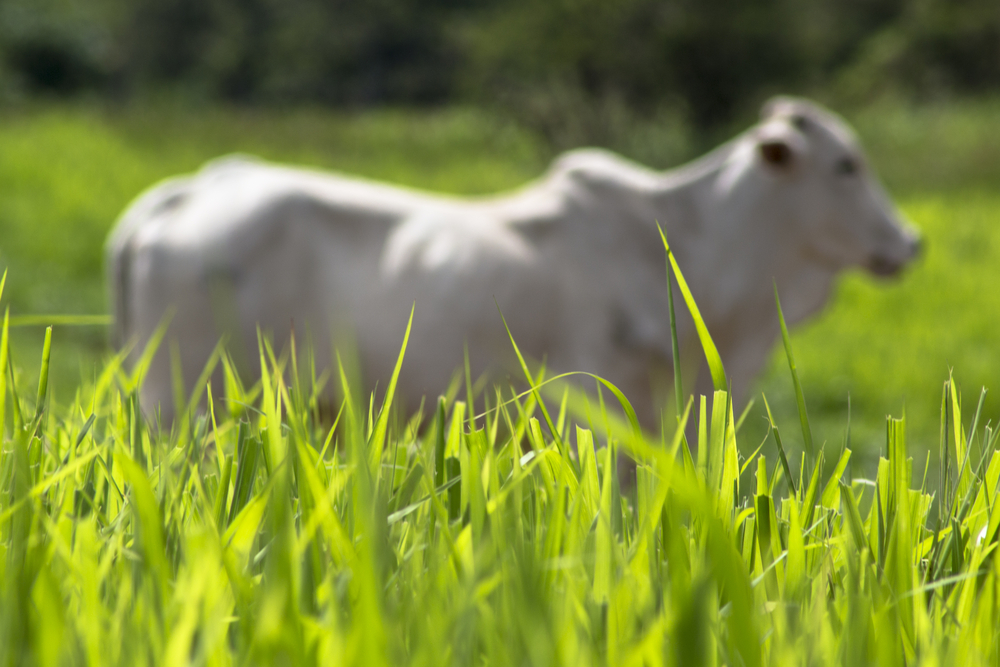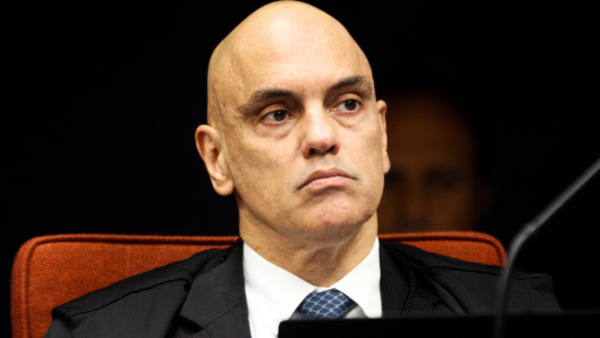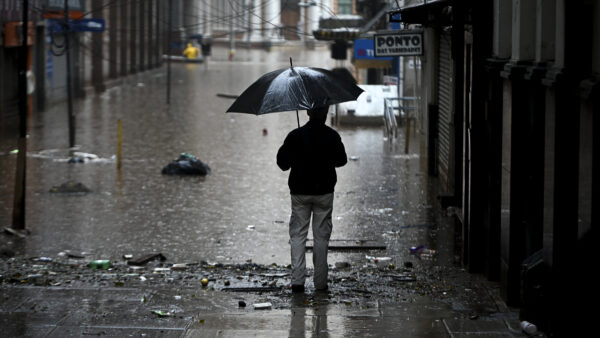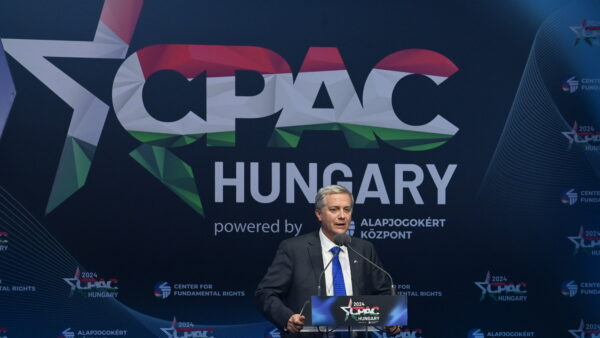Between 1985 and 2021, Brazil lost 13.1 percent of its native vegetation — including forests and savannas — according to a study published on Friday by environmental monitoring platform MapBiomas.
This lost land was mostly occupied by agriculture, which now accounts for roughly one-third of territorial use in Brazil. The study is based on maps on annual land cover and use — sourced from satellite imagery.
The change between 1985 and 2021 corresponds to one-third of all vegetation loss since 1500, when Portuguese explorers first set foot in Brazil.
In the same 1985-2021 period, Brazil’s vegetated area decreased from 76 to 66 percent, while the area occupied by agriculture jumped from 21 to 31 percent.
Moreover, surface water area decreased 17 percent from 1991 to 2021. Most of the loss occurred in the Pantanal tropical wetland, which is strongly affected by reduced rain intake from the Amazon.
The data also shows the importance of indigenous reservations for the protection of the Amazon rainforest. From 1985 to 2021, vegetation loss was only 0.8 percent in indigenous reservations, compared to 21.5 percent in unprotected areas.


 Search
Search










































